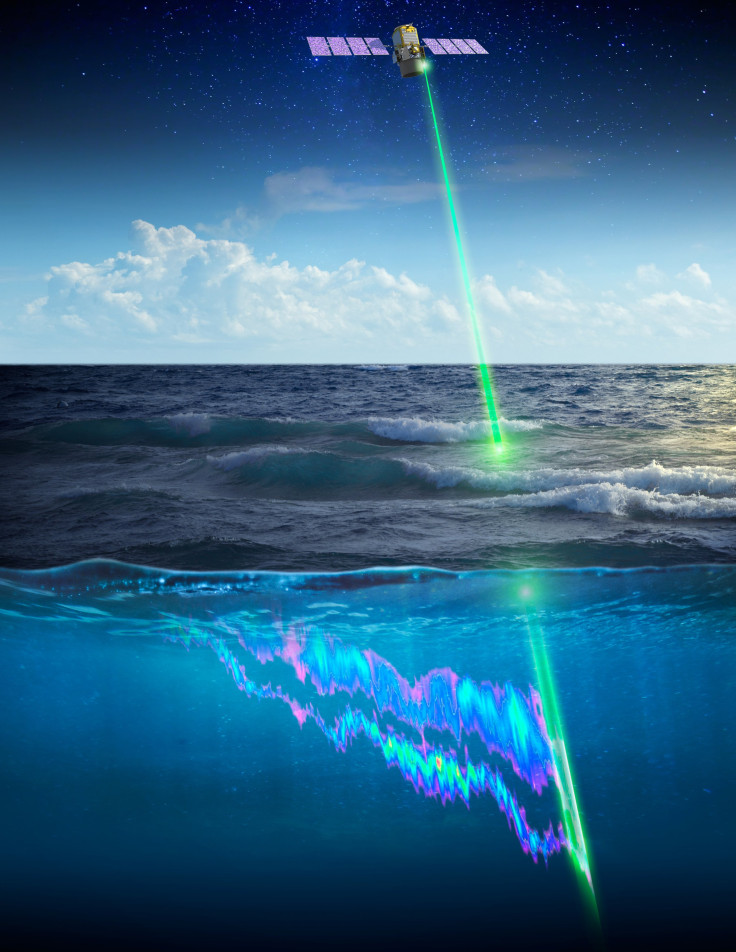NASA Uses Laser-Equipped Satellite To Study Boom-And-Bust Cycles Of Polar Phytoplanktons

Scientists believe that studying the behavior of phytoplanktons — the microscopic plants that live on or near the surface of oceans — in the polar regions is key to understanding not only how these fragile ecosystems survive, but also to comprehending the factors affecting the global carbon cycle. However, despite the crucial role they play in absorbing carbon dioxide from the atmosphere, very little is known about the exact mechanism through which these organisms do so.
Now, researchers at NASA have used a laser-based instrument on board its Cloud-Aerosol Lidar and Infrared Pathfinder Satellite Observation (CALIPSO) satellite launched in 2006 to understand the boom-and-bust, or peak and decline, cycle of these tiny organisms.
“It’s really important for us to understand what controls these boom-and-bust cycles, and how they might change in the future so we can better evaluate the implications on all other parts of the food web,” Michael Behrenfeld, a marine plankton expert at Oregon State University in Corvallis, said in a statement.
Using their instrument — the Cloud-Aerosol Lidar with Orthogonal Polarization — the researchers were able to continuously monitor plankton in polar regions from 2006 to 2015. They found that acceleration in growth rates of planktons — the boom phase of the cycle — occurs when these tiny organisms outgrow the animals that prey on them. The bust, on the other hand, occurs when these predators catch up by devouring enough phytoplanktons.
“This new understanding goes against traditional theories that blooms only occur when phytoplankton growth rates exceed a specific threshold of fast growth and that they end when these growth rates fall below that threshold again,” NASA said the statement.
In addition, the study also revealed that annual variations in phytoplankton populations have been the primary driver of change in Arctic plankton stocks over the past decade. However, in the waters around Antarctica, changes in the ice cover played a much greater role in fluctuations in phytoplankton populations.
“The take home message is that if we want to understand the biological food web and production of the polar systems as a whole, we have to focus both on changes in ice cover and changes in the ecosystems that regulate this delicate balance between predators and prey,” Behrenfeld said.
NASA is now testing a new lidar-based technology that would allow scientists to better measure the distribution of phytoplanktons throughout the sunlit layer of oceans — a key factor in understanding how ocean carbon is cycled.
© Copyright IBTimes 2025. All rights reserved.






















